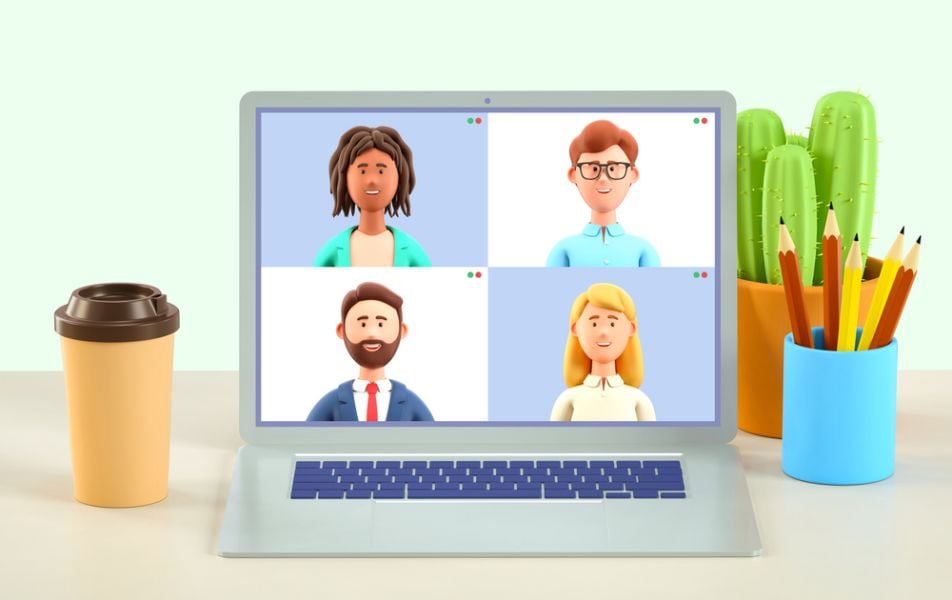

As our collective sense of health and safety returns, employees everywhere are walking into—or logging onto—workplaces that may look and feel different than they did just a year ago. And HR leaders are on the frontlines making sure transitions go as smoothly as possible.
According to Gartner’s Future of Work Trends Post-COVID-19, long-term implications of the pandemic will significantly impact the function of Human Resources (HR). The most significant trends, says Gartner, will be the increase in remote workers, increased use of employee data, employers playing a more substantial role as a social safety net, and broader use of contingent workers. According to the report, HR leaders that respond to the trends with targeted actions will see greater efficiency and long-term success.
Dozens of recent HR-focused studies echo similar themes: A need for flexibility, transparent communications, and balancing empathy and productivity in a competitive marketplace.
From those studies, we zeroed in on five HR areas that often influence workforce management. While there are more HR components to be tackled in the year ahead, these five areas that may be most critical.
1. Onboarding
Organizational structures, policies, and processes may have changed in the past year, making it an ideal time to consider introducing a re-onboarding or mini-onboarding package that reflects those changes. Some companies have restructured their workweeks, implemented a WFA (Work from Anywhere) policy, or revised PTO and leave policies. Others have added daycare, eldercare, and mental health resources as benefits. Making sure new and longtime employees understand the value of these changes could impact several goals, including recruitment, engagement, retention, and performance goals.
2. Communication
As an HR specialist or department leader, how well you leverage communications could prove to be one of your most effective rebuilding tools. With more people working remotely and many still feeling fearful for their health and job security, establishing and executing a consistent communications plan is critical to building trust and increasing productivity. Transparent, open, people-centric communications will help new and returning employees feel engaged, supported, and respected. 
3. Change Management
In the IT world, a change management plan is imperative to ROI. So too, the pandemic’s disruption of the workplace will likely require managers to employ targeted change management plans to technology upgrades or modifications, workplace culture—which includes diversity, equity, and inclusion (DEI) policies—and procedure shifts. According to Forbes, some companies have established feedback loops to survey employees as a part of re-opening to build trust between employees and employers.
4. Individual Wellbeing
The pandemic put extraordinary pressure on both employers and employees. According to The World Economic Forum, “many companies will rebalance their priorities in the coming months, so that resilience becomes just as important to their strategic thinking as cost and efficiency.” The Gartner study expands on this trend, suggesting employers demonstrate their commitment to employees by communicating “the why and how” of organizational decisions, shifting to agile operating models, dismantling bureaucracy, supporting reskilling, and encouraging leaders to develop emotional intelligence and other soft skills. (Read the complete Gartner study and suggestions, here)
5. Employee Engagement
An engaged employee is the person who understands and supports the direction the company is going and genuinely wants to contribute to its success. As companies strive to do more with less, this is one area of rebuilding that requires more creativity than dollars. That’s because many of the things that raise employee engagement don’t have hefty price tags. They include making sure people 1) feel valued and recognized 2) are given opportunities to grow and develop 3) have clarity on company direction and health 4) feel management has a genuine concern for their wellbeing.
Every industry is facing its own unique set of challenges upon re-opening. Still, the common ground emerging is that most share the desire to return to a better, more evolved work environment—one determined to be both high-producing and caring.
Related articles
Post-COVID Pivots: 10 Ways to Catapult Employee Engagement
5 Consequences of Ignoring Change Management in a UKG Implementation
Empower Remote Workers by Adding Mobile to Your UKG Platform
Struggling with Change?
Don’t let the upheaval of 2020 obliterate your technology ROI goals. Improv is versed in Change Management and helping HR and Payroll teams improve user adoption and efficiency. Let’s talk today.


.png)
.png)
.png)
Comments